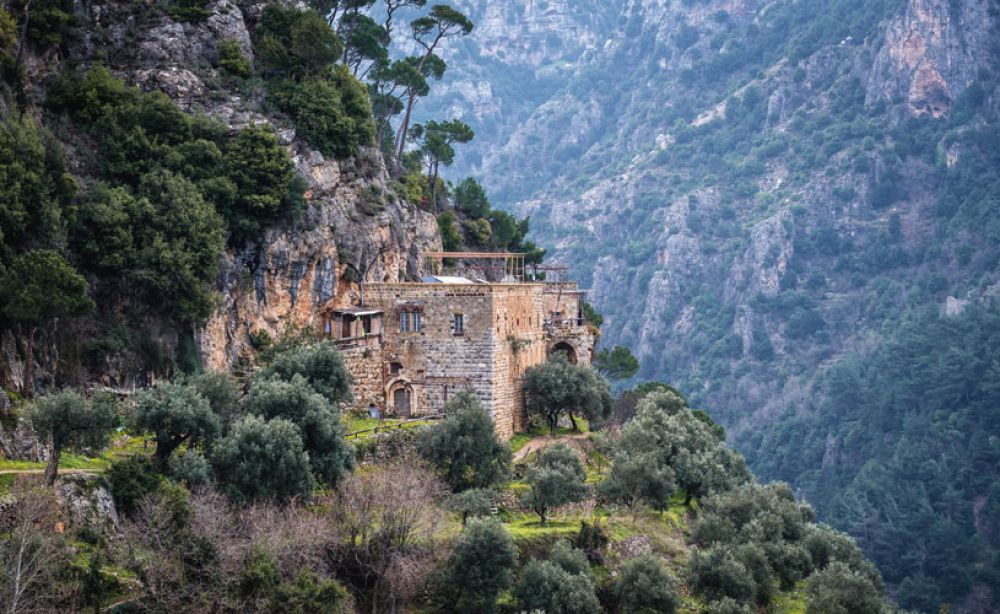

Visiting Deir Qannoubin Monastery, a historical treasure nestled in the heart of the Qadisha Valley, is best done during the spring and autumn months. Typically, from April to June and from September to November, these seasons offer a comfortable climate suitable for exploring the serene surroundings. Spring brings the valley to life with lush greenery and blooming wildflowers, creating a picturesque setting around the monastery. Not only do these months provide mild temperatures that range between 8°C and 22°C, but they also avoid the summer heat and tourist crowds, allowing for a more personal and peaceful experience.
Autumn is equally appealing with its cooler weather and the stunning palette of fall colors that decorate the valley, rendering it an idyllic time for photography and contemplation. Days are usually sunny and the chances of rain are less, ensuring a pleasant visit to not only Deir Qannoubin but also nearby attractions like the Cedars of God. It's crucial to note that the mountain roads can be challenging, and accessibility to the monastery may be hindered during winter due to snow, making the off-peak seasons even more suitable for travel. Furthermore, these periods celebrate the natural beauty and historical significance of the region without the extremities of Lebanon's summer heat or winter cold.
The Cedars of God, an ancient forest of Lebanon Cedar trees, has a charm that varies with the seasons. To experience the majestic beauty of these millennia-old trees, the recommended time to visit is from May to October. During this period, the weather is usually favorable with clear blue skies, mild to warm temperatures, and minimal rainfall, which is perfect for outdoor activities like hiking and nature walks in the forest. Summer months, while warmer, offer the advantage of dried trails and extended daylight hours, allowing visitors to fully immerize themselves in the splendor of the forest.
However, if you are interested in a winter wonderland experience, visiting from December to February would be suitable, with the cedar trees often beautifully covered in snow. This creates a stunning contrast with the evergreen foliage, but travelers should be prepared for colder conditions, possible road closures, and limited access. Sightseeing in these months would generally be more challenging and is recommended for those who enjoy winter sports and are equipped to handle the harsher weather. Consequently, timing your visit to the Cedars of God and Deir Qannoubin Monastery according to these seasonal recommendations can ensure a more enjoyable and fulfilling experience.
| Month | Min Temp | Max Temp |
|---|---|---|
| January | NA | 8 °c |
| February | NA | 9 °c |
| March | 2 °c | 12 °c |
| April | 5 °c | 15 °c |
| May | 8 °c | 20 °c |
| June | 11 °c | 24 °c |
| July | 14 °c | 27 °c |
| August | 14 °c | 27 °c |
| September | 11 °c | 24 °c |
| October | 8 °c | 20 °c |
| November | 5 °c | 15 °c |
| December | 1 °c | 10 °c |